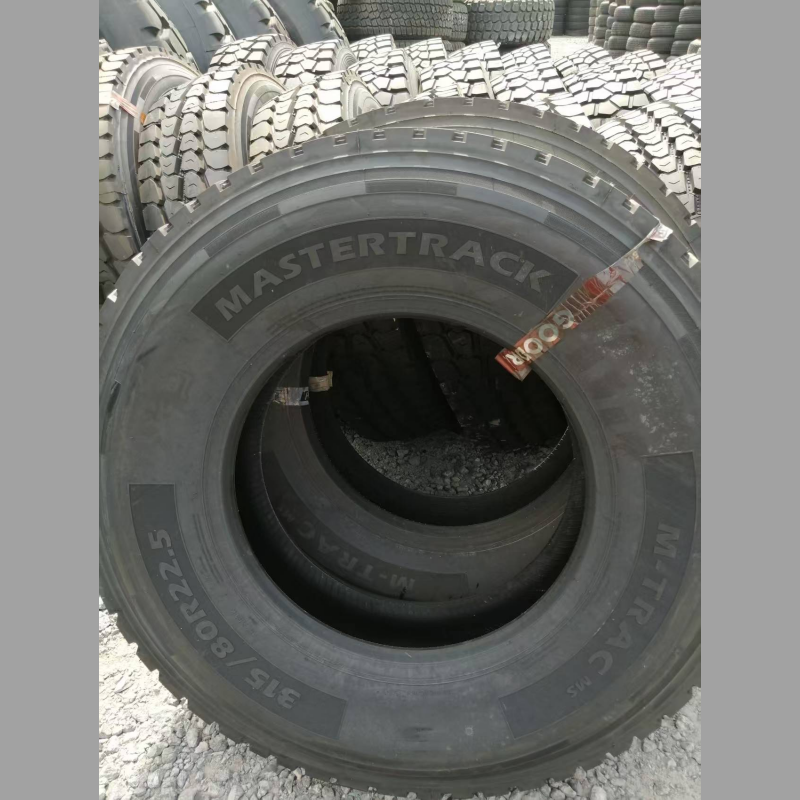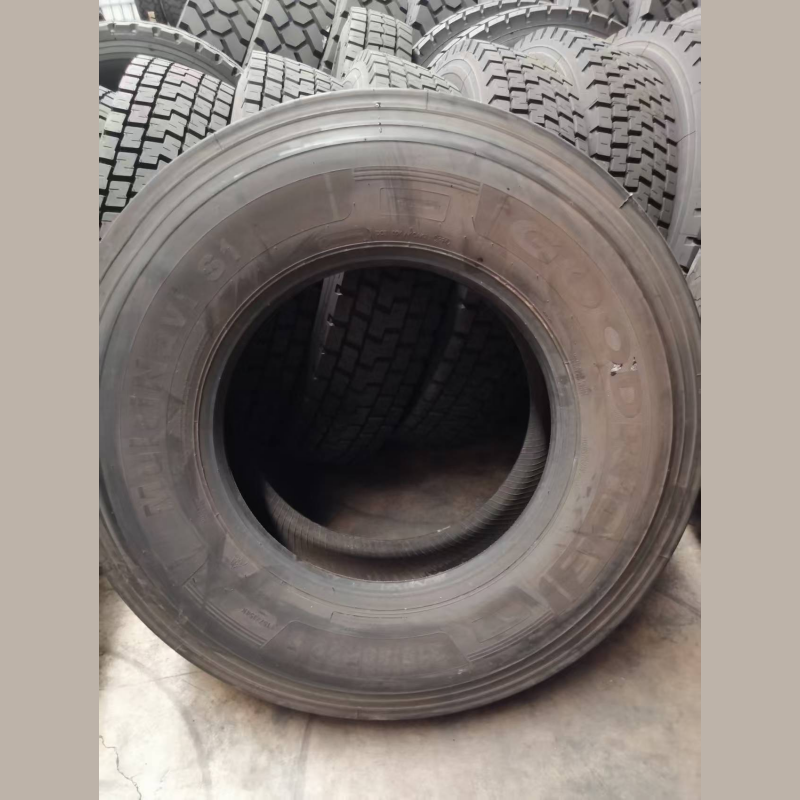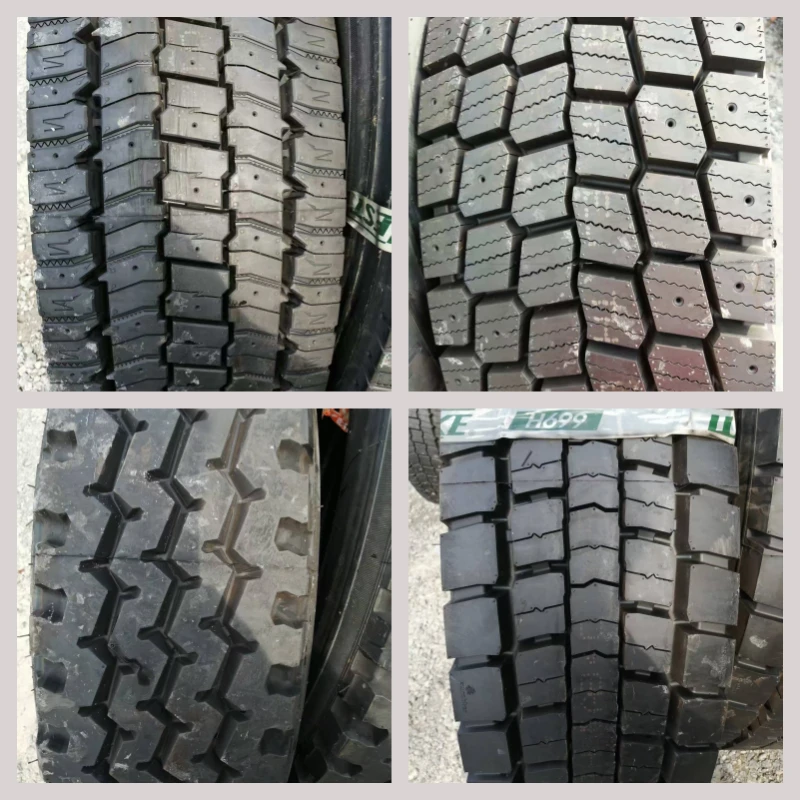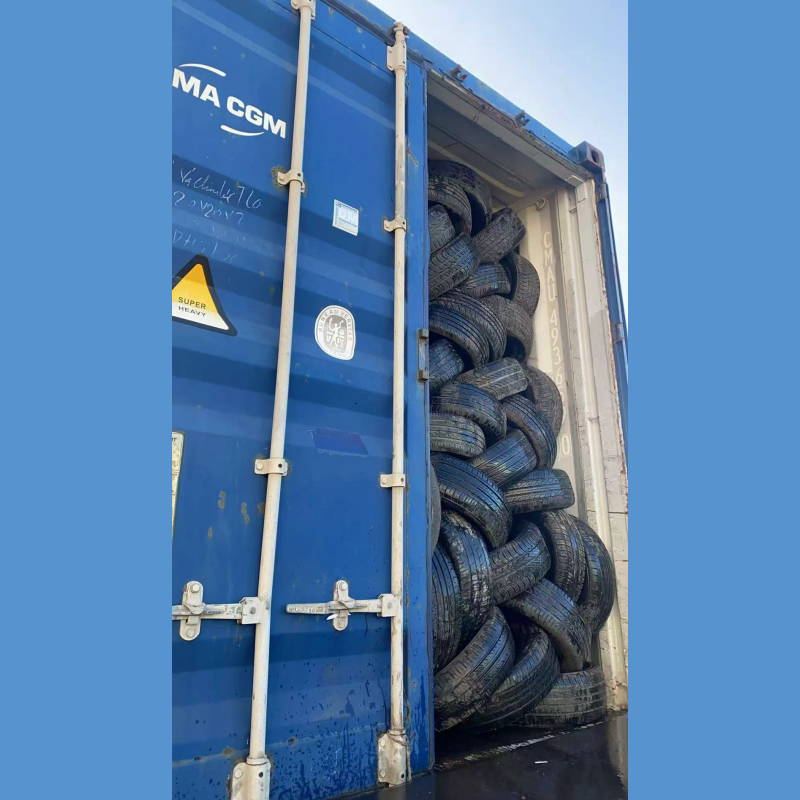When it comes to vehicle ownership, few expenses are as inevitable—and as costly—as tires. Drivers face the constant dilemma of choosing between new tires and used tires. With rising raw material and manufacturing costs, many consumers and fleet operators are considering used tires as a practical alternative.
But are used tires a safe and reliable option? What are the real advantages and disadvantages of buying them? This article provides a deep dive into the pros and cons of buying used tires, supported by research data, industry insights, and market statistics.
Why People Buy Used Tires
Before weighing the pros and cons, it’s essential to understand why used tires are in demand worldwide:
Cost savings: Used tires are often 40–60% cheaper than new ones.
Sustainability: Reusing tires reduces environmental waste and supports circular economy efforts.
Temporary use: Some buyers only need short-term solutions, such as seasonal tires or replacements before selling a car.
Export markets: Used tires are especially popular in developing countries where affordability is crucial.
Pros of Buying Used Tires
1. Cost-Effectiveness
According to a Consumer Reports survey, drivers can save between $200–$600 per set when purchasing quality used tires instead of new ones. This makes them attractive for budget-conscious drivers, ride-sharing fleets, and logistics companies.
Table 1: Average Tire Price Comparison (2024 Data)
| Tire Type | New Tire Price (USD per unit) | Used Tire Price (USD per unit) | Savings (%) |
|---|---|---|---|
| Passenger Car (PCR) | $80–$120 | $30–$60 | 50–60% |
| Truck & Bus (TBR) | $250–$400 | $120–$200 | 40–50% |
| SUV/Light Truck | $130–$180 | $60–$100 | 45–55% |
2. Environmental Sustainability
The World Business Council for Sustainable Development (WBCSD) reports that over 1 billion tires reach end-of-life each year. Reusing tires helps extend product lifecycles and reduces landfill waste.
Buying used tires supports circular economy practices by:
Decreasing raw material demand.
Lowering CO₂ emissions from new tire production.
Reducing illegal tire dumping in developing regions.
3. Adequate Tread for Certain Needs
Not all used tires are heavily worn. Many still have 3–6 mm of tread depth, which can provide sufficient traction for city driving, spare use, or short-term replacement.
For instance, in Germany, where strict inspections apply, exported used tires often meet EU ECE R30/R54 standards, ensuring minimum tread depth and structural integrity.
4. Availability of Rare or Discontinued Models
Car enthusiasts and owners of older vehicles sometimes struggle to find specific tire models that are no longer manufactured. The used tire market often supplies discontinued models, helping drivers maintain vehicle authenticity.
Cons of Buying Used Tires
1. Safety Concerns
The National Highway Traffic Safety Administration (NHTSA) states that tires with less than 2/32 inches (1.6 mm) of tread depth significantly increase the risk of hydroplaning and accidents. Many used tires may fall near this threshold.
Table 2: Accident Risk by Tread Depth (NHTSA, 2023)
| Tread Depth (mm) | Braking Distance Increase (%) | Hydroplaning Risk (%) |
|---|---|---|
| 6+ | Baseline | Low |
| 4–5 | +15% | Medium |
| 2–3 | +30% | High |
| <2 | +50% | Very High |
2. Shorter Lifespan
A used tire may already have 30–60% of its tread life consumed, meaning buyers will need to replace it sooner than new tires. This can reduce the overall cost-benefit advantage in the long run.
3. Potential Hidden Damage
Some issues may not be visible to the naked eye:
Internal structural damage from potholes.
Sidewall cracks from aging.
Uneven wear from misaligned vehicles.
If such defects go unnoticed, they can cause blowouts or loss of control at high speeds.
4. Limited Warranty and Return Options
Unlike new tires, which often come with 3–5 year manufacturer warranties, used tires may have limited or no guarantees. This makes them a higher-risk investment unless purchased from a reputable supplier.
Research Data: Global Used Tire Market
The global used tire market has grown significantly due to cost efficiency and sustainability.
Table 3: Global Used Tire Market Statistics (2022–2027 Forecast)
| Region | Market Share (%) | Growth Rate CAGR (2022–2027) | Key Drivers |
|---|---|---|---|
| Asia-Pacific | 38% | 6.5% | Growing middle-class demand, exports |
| Europe | 25% | 4.2% | Environmental regulations, recycling |
| Africa | 20% | 7.1% | Affordable transport solutions |
| North America | 10% | 3.8% | Budget-conscious fleets |
| Middle East | 7% | 5.4% | Import dependency, cost efficiency |
(Source: Market Research Future, 2023)
Tips for Buyers Considering Used Tires
Check Tread Depth – Look for at least 3–4 mm for safe use.
Verify Manufacturing Date – Tires older than 5 years may not be reliable.
Inspect for Damage – Avoid those with cracks, bulges, or uneven wear.
Buy from Certified Sellers – Ensure tires meet standards like ECE, DOT, or SIRIM.
Balance Cost vs. Longevity – Sometimes, slightly more expensive used tires with higher tread are more cost-effective than cheaper, nearly worn ones.
How Qingdao Royal Mile Co., Ltd. Ensures Safe and Reliable Used Tires
When purchasing used tires, choosing a reliable supplier is essential. Qingdao Royal Mile Co., Ltd. stands out as a trusted global supplier thanks to its strict quality control, diverse product range, and sustainable approach.
Why Choose Royal Mile’s Used Tires?
Stringent Quality Control: A 5-step inspection process ensures tread depth ≥ 3mm, structure assessment, pressure & balance testing, age ≤ 5 years, and cleaning/refurbishment.
Global Compliance: Products meet international standards (EU ECE R30/R54, DOT, SIRIM), making them suitable for Southeast Asia, Africa, and Middle Eastern markets.
Diverse Inventory: From passenger car tires to TBR, SUV, ATV, and industrial tires, they cover multiple vehicle categories.
Competitive Pricing: Optimized supply chain allows cost-effective wholesale solutions.
Partnership Benefits
Global Logistics: Efficient shipping to ports like Shanghai, Busan, and Rotterdam, with customs clearance support.
After-Sales Service: Sample orders, bulk discounts, and limited warranties.
Sustainability Focus: Extending tire lifecycle reduces waste and supports environmental protection.
Company Values
Royal Mile adheres to principles of cooperation, win-win, progress, and coexistence, positioning itself as a reliable tire supplier recognized for professionalism and sustainability.
Welcome to contact us for purchase.
Final Thoughts
Buying used tires can be a smart decision for budget-conscious drivers and environmentally aware businesses, but it comes with safety considerations. By weighing the pros and cons—cost savings, sustainability, and availability versus shorter lifespan, hidden damage, and reduced warranty—buyers can make informed choices.
The key is to purchase from reputable suppliers like Qingdao Royal Mile Co., Ltd., who combine strict quality control with global compliance, ensuring safe, affordable, and eco-friendly tire solutions.



